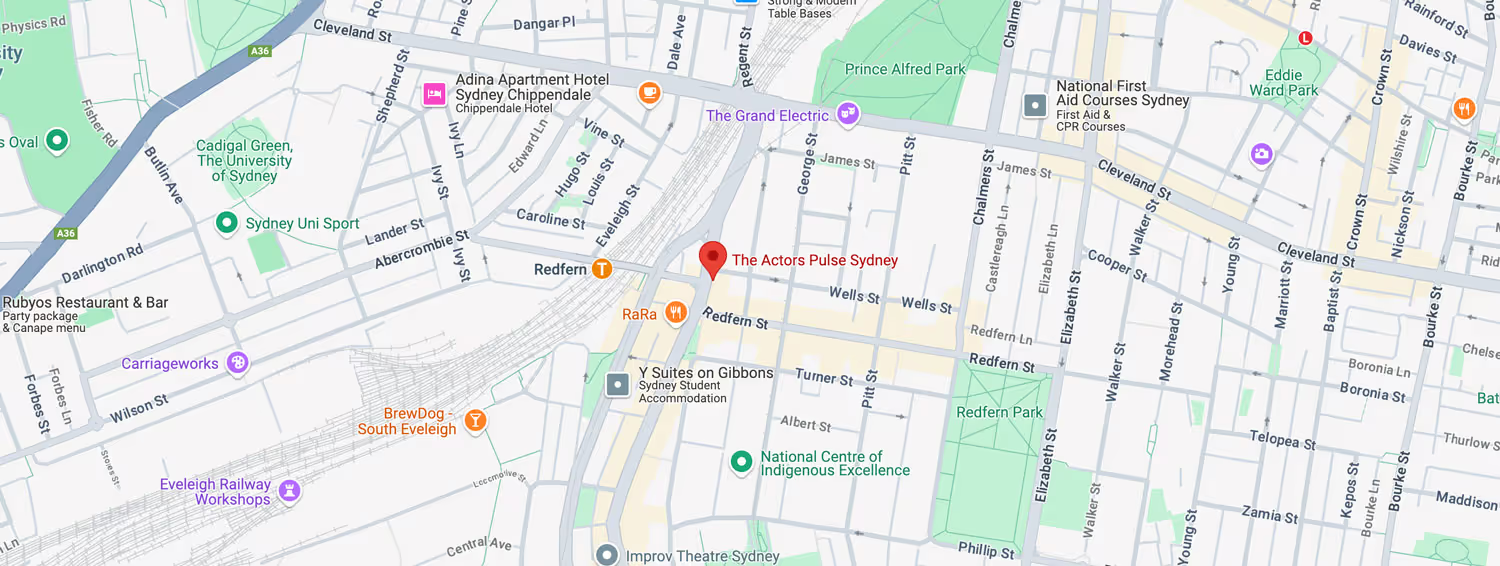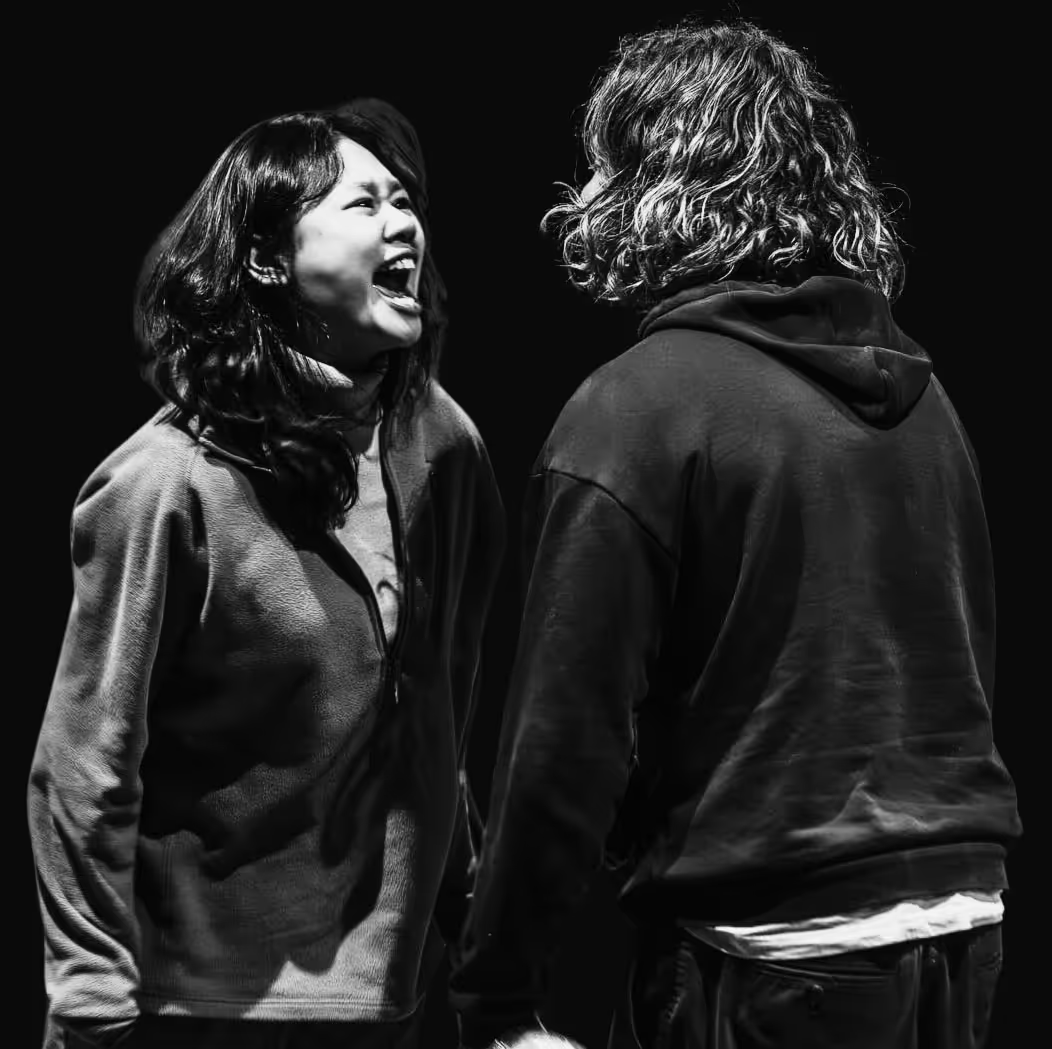
Contact Us
Get in touch with us using the form or details below. We look forward to hearing from you!








Through the Meisner technique, our most successful actors have learned to concentrate not on themselves but on the actors in their immediate vicinity.
This is based on one of the core principles taught by Sanford Meisner who believed that the interactions between characters are integral to creating life and energy in performance.
Through this technique, our students learn to live truthfully under imaginary circumstances and embrace their instincts for an honest and more natural approach to acting.
Highly favoured within the acting industry, training in the Meisner Technique best positions you for a successful career on stage and screen both in Australia and overseas.














We offer both in person and online acting courses to suit your needs. Our in-person courses and classes are run from our Redfern studio, just a 10-minute drive from Sydney’s CBD. Conveniently, we are also just 100 metres from Redfern train station.
Our classes are accessible remotely via Zoom with meeting links sent out to students in advance of all scheduled class times.
At The Actors Pulse, our part-time schedules offer flexibility through a choice of one of more classes a week on a term-by-term basis. This is intended to allow you to study at your own pace and around other commitments such as work, school or other studies.
Conversely, our full-time courses are run to a set schedule and predetermined curriculum over three years. Similar to a university course, you will be required to be in attendance multiple days each week for back-to-back classes.
Yes, we run both our part-time and full-time courses on set term dates. These are 9-week terms with 5 terms each year. While we may be able to offer some flexibility on enrolments with our part-time courses, please note our full-time courses have strict enrolment dates.
This is to ensure consistency with class attendance, that there are no gaps in your learning and also aids in reducing disruption for other students.
At the Actors Pulse, our team of acting coaches and instructors is made up of several experienced and highly skilled staff, each with their own area of expertise.
This includes founder Billy Milionis, one of only a handful of Australian actors to have studied under Sandford Meisner himself, past alumni who have become successful actors themselves plus voice and dialect coaches, movement tutors and more.
Exactly who you will study under will depend on which course or class you are taking and the skill being studied.
This is to ensure consistency with class attendance, that there are no gaps in your learning and also aids in reducing disruption for other students.
To discuss costs for our full-time acting classes and how payment can be made for these over the three-year duration, please contact our team directly for further information.
While there will be some upfront costs required to be paid, instalments for ongoing course costs can be discussed and decided upon based on individual circumstances.
While exact term dates may differ each year, typically our 9 week terms run as follows:
Term dates for the current year can be accessed via our website and are updated for the coming year at the close of term 5. For updated term dates for the coming year that are not yet published please contact our team for further information.
To enrol in one of our full-time acting courses, we request that you complete the online application form. This detailed form requires information regarding your past experience, skills you may have such as languages, dancing or singing and either a video audition submission or in-person addition appt to be made.
None of this information is shared outside our organisation and is used to help us determine how well this course suits your needs and whether we feel we are the right fit for you.

Get in touch with us using the form or details below. We look forward to hearing from you!
